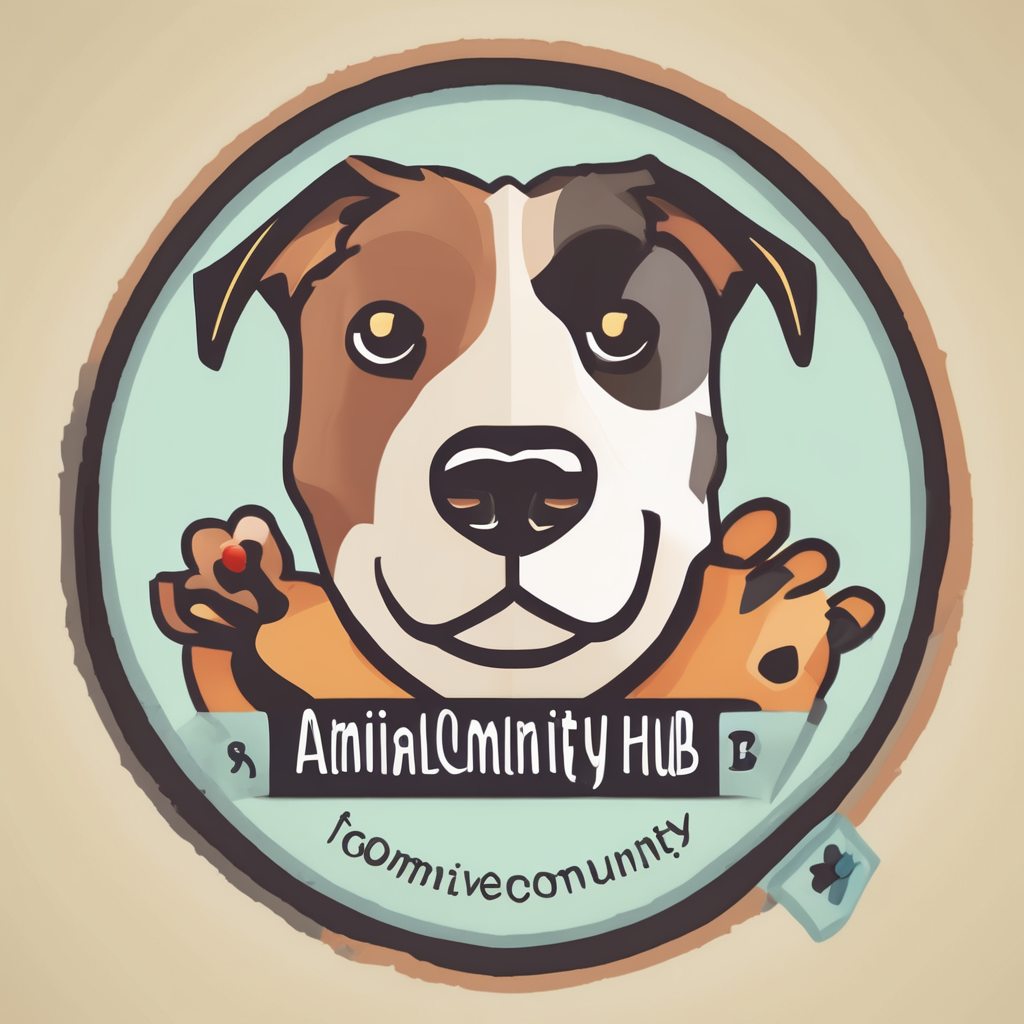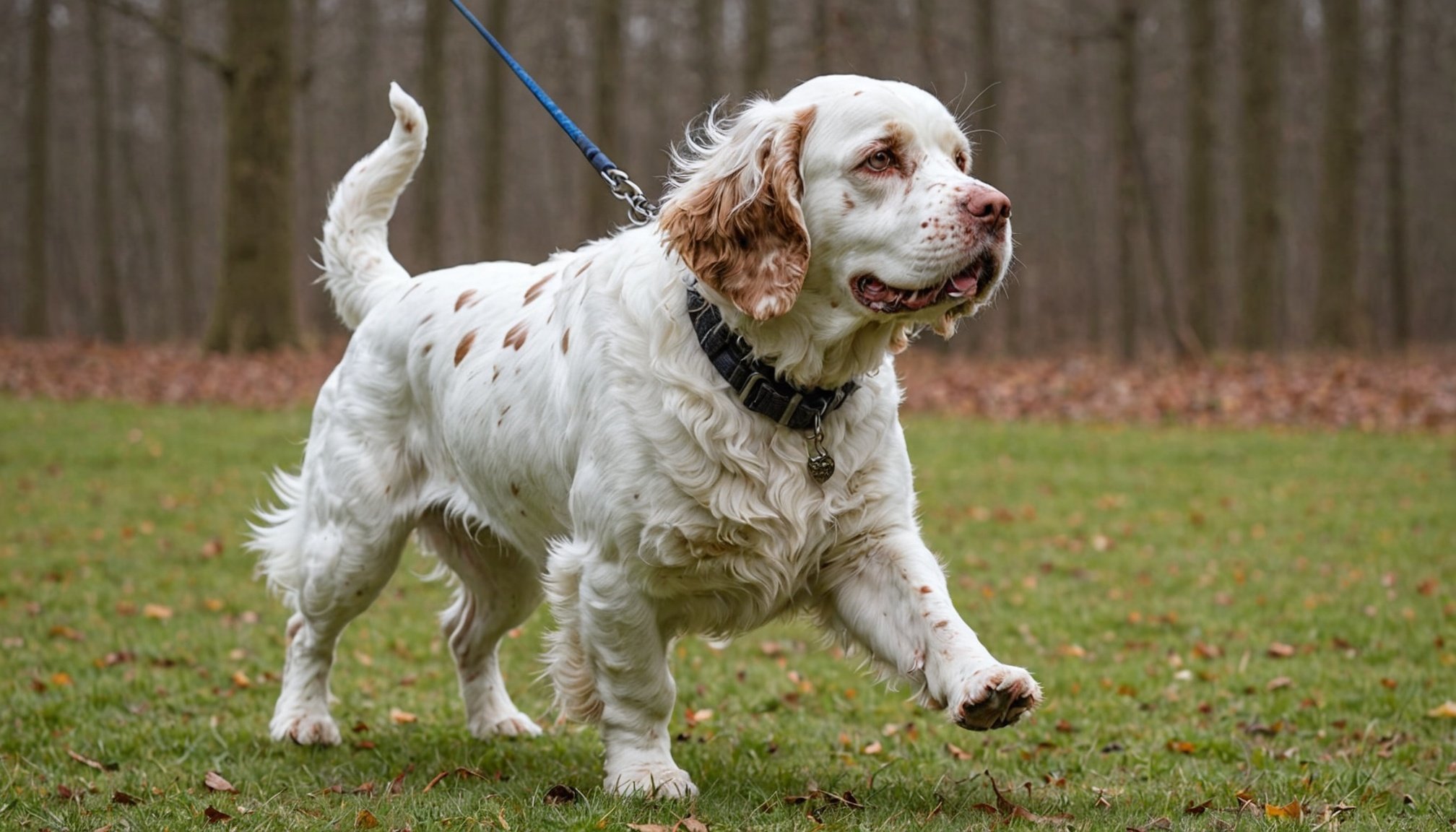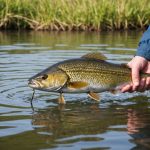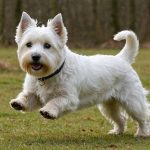Mastering the Art of Tracking: A Comprehensive Guide to Training Your Clumber Spaniel for Competition Success
Understanding the Clumber Spaniel Breed
Before diving into the specifics of tracking training, it’s essential to understand the Clumber Spaniel breed itself. Clumber Spaniels are a type of gun dog, bred originally for hunting and flushing out game. They are known for their strong noses, energetic personalities, and loyal nature.
“Clumber Spaniels are fantastic working dogs,” says Laura Reeves, host of the Pure Dog Talk podcast. “Their instincts and physical attributes make them perfect for tracking and field trials.”[3]
En parallèle : Effective Training Techniques to Curb a West Highland White Terrier”s Wildlife Chasing Instinct
Here are some key characteristics of Clumber Spaniels that make them well-suited for tracking:
- Strong Nose: Clumber Spaniels have an excellent sense of smell, crucial for tracking.
- Energetic but Not Hyperactive: They have the energy to keep up with long tracking sessions but are not so hyperactive that they become difficult to manage.
- Loyal and Trainable: Their loyalty and willingness to please make them highly trainable.
Preparing Your Clumber Spaniel for Tracking
Health and Fitness
Before starting any rigorous training program, it’s vital to ensure your Clumber Spaniel is in good health and fitness.
Avez-vous vu cela : Mastering Beagle Training: Tips to Curb Counter Surfing and Food Temptation
“Health testing is crucial,” emphasizes a breeder from Scotia Kennel. “Our breeding dogs are tested for and certified clear of hip and elbow dysplasia, heart and eye abnormalities, and autoimmune thyroiditis.”[3]
Here are some health tests you should consider for your Clumber Spaniel:
| Health Test | Description |
|---|---|
| Hip and Elbow Dysplasia | Ensures the dog’s joints are healthy and free from dysplasia. |
| Heart Abnormalities | Checks for any heart conditions that could affect the dog’s performance. |
| Eye Abnormalities | Screens for eye diseases that could impair the dog’s vision. |
| Autoimmune Thyroiditis | Tests for thyroid issues, which can affect the dog’s overall health and energy levels. |
Basic Obedience Training
Basic obedience training is the foundation upon which all other training is built. It includes commands like “sit,” “stay,” “come,” and “heel.”
“Basic obedience is not just about following commands; it’s about building a strong bond between you and your dog,” advises Dr. Marty Greer, a veterinarian and dog trainer. “It helps in maintaining control and focus during tracking sessions.”[3]
Here’s a detailed list of basic obedience commands and how to train them:
-
Sit:
-
Hold a treat above your dog’s head.
-
Move the treat back and up, towards their tail.
-
As they follow the treat with their nose, their bottom will lower into a sitting position.
-
Once they are in the sit position, say “sit” and give them the treat.
-
Stay:
-
Start with your dog in a sitting or lying down position.
-
Take a few steps back and say “stay.”
-
Gradually increase the distance and time you are away from your dog.
-
Reward them with treats and praise when they successfully stay.
-
Come:
-
Choose a quiet area with minimal distractions.
-
Call your dog by their name followed by “come.”
-
Use positive reinforcement like treats and praise when they respond.
-
Gradually increase the distance and add distractions.
-
Heel:
-
Start by having your dog sit by your left side.
-
Take a few steps forward and say “heel.”
-
Use treats and praise to keep them by your side.
-
Gradually increase the distance and add distractions. to Tracking
Tracking involves teaching your dog to follow a specific scent, usually in a natural environment. Here’s how you can introduce your Clumber Spaniel to tracking:
Scent Introduction
The first step is to introduce your dog to the scent they will be tracking. This can be done using scent articles like socks or cloths that have been worn by someone.
“Start with short sessions and use positive reinforcement,” suggests Aimée Llewellyn-Zaidi, Project Director at IPFD. “Make it fun and rewarding for your dog.”[3]
Here’s a step-by-step guide to introducing scent:
- Prepare Scent Articles: Use socks or cloths that have been worn by someone. These will carry a strong human scent.
- Introduce the Scent: Let your dog sniff the scent article. Reward them with treats and praise when they show interest.
- Hide the Scent: Hide the scent article in plain sight and encourage your dog to find it. Gradually increase the difficulty by hiding it in harder-to-reach places.
Tracking in a Controlled Environment
Once your dog is familiar with the scent, it’s time to move to a controlled environment like a field or a park.
“Use a harness and a long line to give your dog the freedom to follow the scent without getting too far away,” advises Laura Reeves. “This also helps in maintaining control and safety.”[3]
Here’s how you can set up a tracking session in a controlled environment:
- Lay the Track: Have someone lay a track by walking and leaving the scent behind. Start with short tracks and gradually increase the length.
- Follow the Track: Let your dog follow the track while you guide them with the long line.
- Reward and Praise: Reward your dog with treats and praise when they successfully follow the track.
Advanced Tracking Techniques
As your dog becomes more proficient in tracking, you can introduce more advanced techniques.
Aging the Track
Aging the track involves letting the scent sit for a period of time before your dog follows it. This simulates real-world tracking scenarios where the scent may be hours old.
“Aging the track helps your dog learn to distinguish between old and new scents,” explains Dr. Annie Valuska, Principal Scientist – Behavior at Nestle Purina. “It also increases their confidence in following older scents.”[1]
Here’s how you can age the track:
- Lay the Track: Lay the track as usual but let it sit for a few hours or even overnight.
- Follow the Track: Let your dog follow the aged track. Be patient as it may take them longer to pick up the scent.
Adding Distractions
Adding distractions like other people, dogs, and obstacles helps your dog learn to focus on the scent despite interruptions.
“Distractions are crucial in real-world tracking scenarios,” says Aimée Llewellyn-Zaidi. “It helps your dog become more resilient and focused.”[3]
Here’s how you can add distractions:
- People and Dogs: Have people and other dogs present while your dog is tracking. Encourage them to move around and make noise.
- Obstacles: Set up obstacles like jumps, tunnels, and cones for your dog to navigate while tracking.
Competing in Field Trials
Once your Clumber Spaniel is proficient in tracking, you can consider competing in field trials. Field trials are competitions where dogs are judged on their ability to track and retrieve game.
“Field trials are a great way to test your dog’s skills and bond with other dog owners,” says Laura Reeves. “It’s a community that is passionate about working dogs and preserving breed-specific traits.”[3]
Here are some tips for competing in field trials:
Preparation
- Practice Under Trial Conditions: Practice tracking in conditions similar to those found in field trials. This includes different terrains, weather conditions, and distractions.
- Familiarize Your Dog with the Trial Environment: Take your dog to the trial location before the actual event to get them accustomed to the surroundings.
During the Trial
- Stay Calm and Focused: Keep your dog calm and focused. Avoid distractions and maintain a positive attitude.
- Follow Instructions: Follow the instructions of the trial judges and handlers. Make sure your dog is well-behaved and obedient.
After the Trial
- Debrief and Reflect: Debrief with other competitors and reflect on your performance. Identify areas for improvement and praise your dog for their efforts.
Training your Clumber Spaniel for tracking is a rewarding and challenging journey. It requires patience, dedication, and a deep understanding of the breed and its capabilities.
“Tracking is not just about the dog; it’s about the bond between you and your dog,” says Dr. Annie Valuska. “It’s a journey that strengthens your relationship and enhances your dog’s natural abilities.”[1]
By following these steps and tips, you can help your Clumber Spaniel become a skilled tracking dog, ready for competition success and a lifelong partnership in the field.
Additional Resources
For more detailed information and practical advice, here are some additional resources:
- Pure Dog Talk Podcast: A comprehensive podcast covering various aspects of purebred dogs, including training, health, and breed-specific topics[1][3].
- Scotia Kennel Health FAQs: Detailed health FAQs and breeding practices for Clumber Spaniels and other breeds[3].
- Field Trial Rules and Regulations: Guidelines and rules for participating in field trials, available through kennel clubs and breed associations.
By leveraging these resources and following the guidelines outlined above, you can master the art of tracking with your Clumber Spaniel and enjoy a fulfilling and successful journey together.











